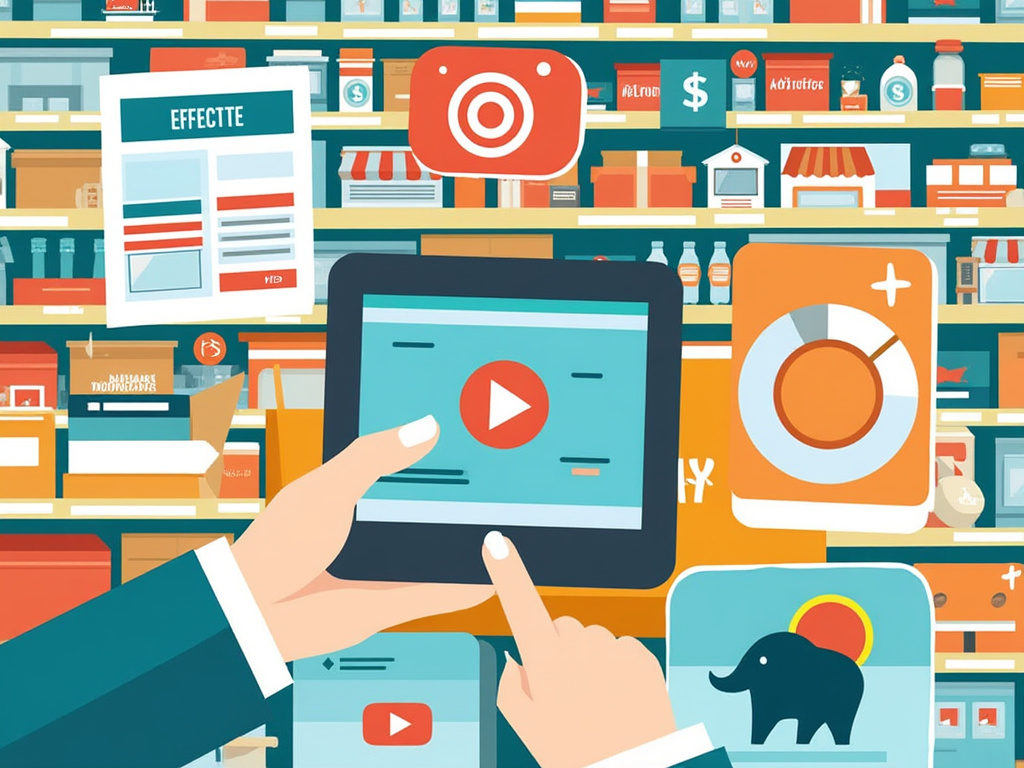How Advertising Persuades Us to Make Purchases: Unveiling the Power of Marketing Tools

Understanding the psychology behind why we buy can be an eye-opening journey for anyone running an e-store. The art of persuasion in advertising goes much deeper than catchy slogans and eye-catching graphics. It intertwines with our emotions, social influences, and the digital tools at our disposal. Let’s explore how effective advertising can persuade customers to make purchases and how marketing tools play a vital role in this process.
Psychological Triggers That Drive Purchasing Decisions
At the core of successful advertising lies an understanding of human psychology. Marketers have long known that certain emotional triggers can significantly influence buyer behavior. Here are some key psychological principles often employed in advertising:
- Scarcity: Creating a sense of urgency can compel customers to act quickly. Phrases like “limited stock” or “only a few left” can lead to impulsive purchases.
- Social Proof: People often look to others for guidance. Displaying customer reviews, testimonials, and influencer endorsements can build trust and encourage purchases.
- Emotion: Understanding the emotional connection can provide a powerful pull. Ads that evoke joy, nostalgia, or even fear tend to resonate more with customers.
- Reciprocity: We feel obliged to return favors. Offering discounts, free trials, or valuable content can initiate a sense of indebtedness, nudging customers toward making a purchase.
Leverage Marketing Tools for Enhanced Persuasion
In this era of digital commerce, e-store owners have access to a plethora of marketing tools that can amplify the persuasive power of their advertising. One such tool, which stands out in the landscape of email marketing automation, is Incomaker. This platform enables businesses to craft highly personalized and targeted campaigns that reach customers at precisely the right moment.
Here’s how you can leverage marketing tools to enhance your persuasive advertising:
- Email Segmentation: Tailor your messages based on customer behavior, preferences, and demographics. By sending relevant content to specific segments, you increase the chances of resonating with your audience and, thus, prompt them to purchase.
- Automation Workflows: Implement automated workflows that trigger emails based on user actions, such as browsing behavior or cart abandonment. This ensures you’re consistently engaging potential customers with timely reminders, nudges, and personalized offers.
- A/B Testing: Experiment with different ad messages, designs, and calls to action to discover what resonates best with your audience. A/B testing can reveal insights that help refine your advertising strategy over time.
- Data-Driven Insights: Use analytics tools to gather data on customer behavior and preferences. Understanding what works—and what doesn’t—allows you to continually adjust your advertising to better meet the needs of your customers.
Creating Compelling Content That Drives Action
Content is the heartbeat of advertising, especially in an e-store environment. Poorly crafted content can detract from the user experience while engaging, well-crafted content can inspire action. Here’s how to create persuasive content:
- Storytelling: We all love a good narrative. Share your brand story or customer success stories to create a relatable and emotional connection.
- Clear Value Proposition: Make it evident what sets your products apart. Whether it’s unique features, pricing, or quality, a clear value proposition can be persuasive in the decision-making process.
- Visual Appeal: Use high-quality images and videos that showcase your products in an appealing way. The right visuals can enhance the emotional experience and entice customers to engage.
- Call to Action: A strong, clear call to action can guide customers toward the next step in their journey. Use action-oriented language to inspire urgency and make it easy for them to take action.
The Role of Customer Engagement in Driving Purchases
Ultimately, effective advertising isn’t just about reaching your audience; it’s about engaging them in meaningful interactions. Engaging customers throughout their shopping journey ensures they feel valued and understood. Use tools like Incomaker to maintain an ongoing conversation with your customers:
- Personalized Recommendations: Suggest products based on past purchases and browsing behavior. This level of personalization can significantly increase the likelihood of additional purchases.
- Follow-Up Engagement: After a purchase, send follow-up emails to thank customers, solicit feedback, or suggest complementary products. This not only shows appreciation but also fosters ongoing engagement.
Embracing the combination of psychological triggers, effective marketing tools, compelling content, and customer engagement will transform your advertising strategy from merely informative to genuinely persuasive. In the bustling marketplace of e-commerce, these elements can give your business the edge needed to stand out and thrive.
As you navigate the advertising landscape, remember that each interaction is a chance to build a connection. By understanding your audience and leveraging the right tools, you’re not just making a sale—you’re creating lasting relationships that will keep customers coming back for more.



